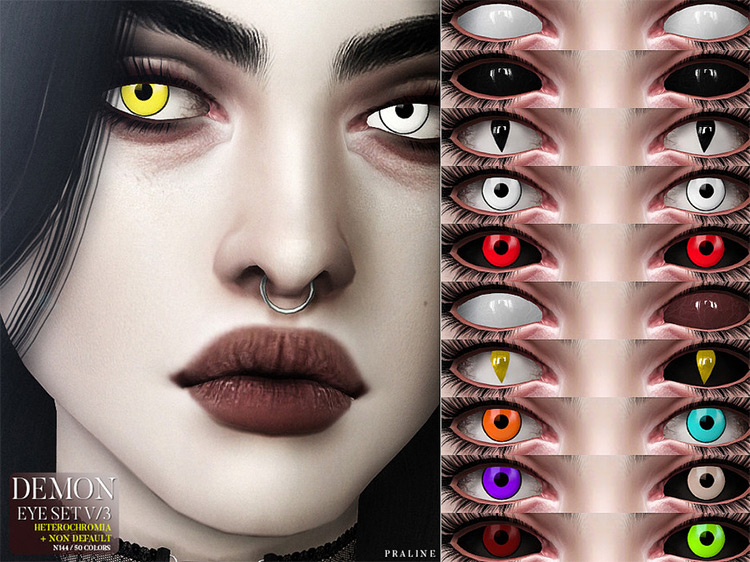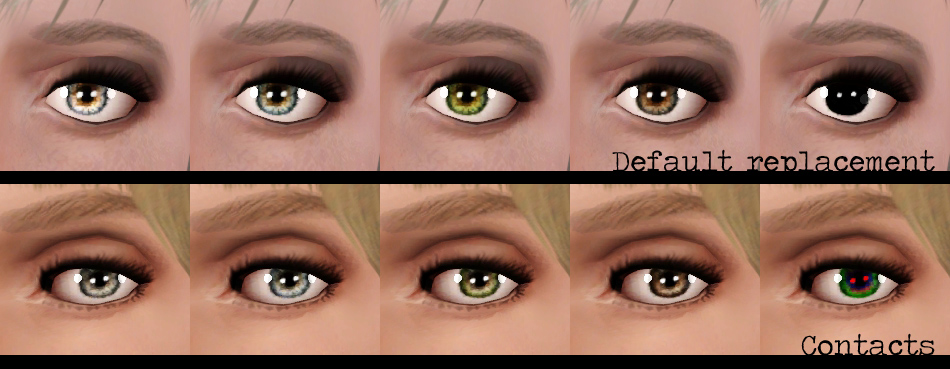
“I like taking risks, I always think I can do it no matter what, and if I hit a wall, I deviate-and the software enabled me to deviate so quickly. “Part of creating in Unreal Engine is knowing the limitations,” he says. By obscuring her mouth, the team was able to avoid spending time on lip-syncing, something that wouldn’t have fitted into the extremely tight schedule.Īaron explains the importance of this. Valentina’s spacesuit and helmet were crafted in Maya. “Before MetaHuman Creator, creating a character like this from scratch would have been impossible, given the timeframe.” “Without this technology, I wouldn’t have gone with a human character on this project-it made bringing her to life so much easier,” says Aaron. But Aaron and the team were able to turn to MetaHuman Creator, which enables anyone to make one in about an hour or less. Until recently, creating a convincing digital human could take weeks or months. We were starting from a place of ‘How do we have an impactful ending?’, and once we came up with that, we reworked the script to have one cohesive story.”Ĭrafting the film’s leading lady in MetaHuman Creatorīut one character had not yet been created: Valentina was originally intended to be a real actor. “Aaron and I talked about how cool it was to sort of paint yourself into a corner and then have to figure it out, and spark new and creative ideas. “All of our story ideas were based around using these assets and creating a story around that,” says Vivian. In Unreal Engine 5, Quixel Bridge is integrated into the Unreal Editor, meaning you can drag and drop Megascans directly into your projects. By the time Vivian came on board, the spaceship and environment had also already been established, using assets from TurboSquid together with Quixel Megascans, which are included with Unreal Engine.

The film’s director Aaron Sims, renowned creature designer and founder of ASC, joined forces with writer Vivian Yoon, who also voiced Valentina, to develop the concept into something that could be achieved under these constraints. The condensed schedule meant that there was limited time to create brand-new assets the alien creature, which had already been created for the live-action project, would have to be incorporated into the new plot.

This shift also compressed an already ambitious timeline, requiring the team to make careful choices about how to proceed. With the film initially conceived as a live-action piece to be shot using virtual production techniques on an LED stage, its creators were forced to pivot to a full-CG production due to unforeseen circumstances.


 0 kommentar(er)
0 kommentar(er)
